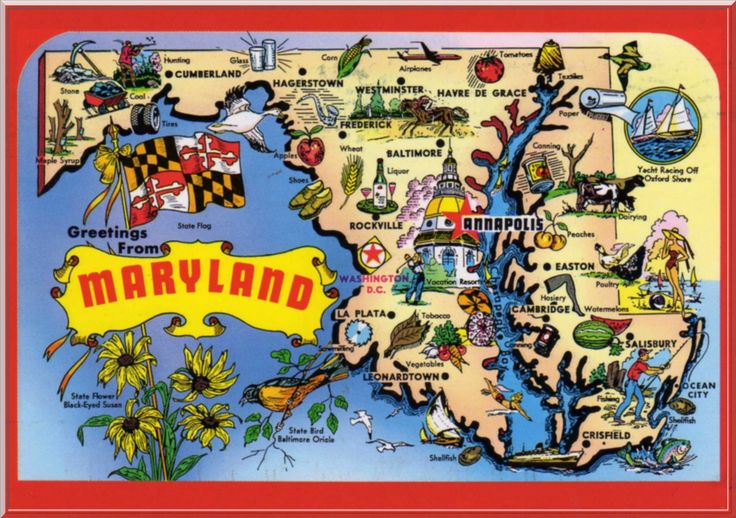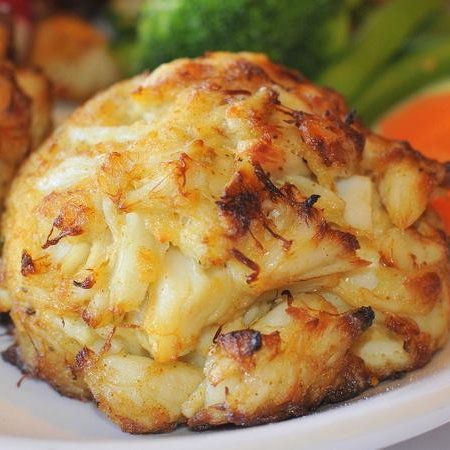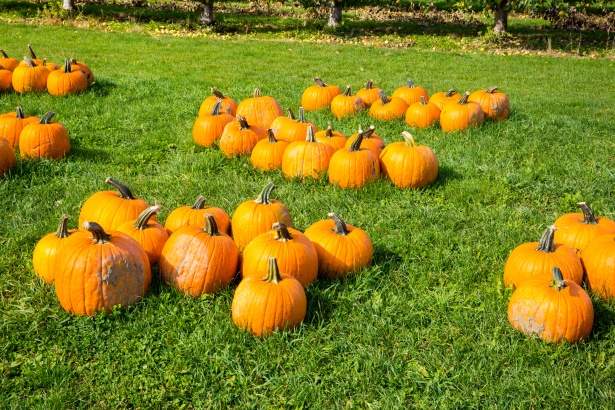Maryland might be small on a map, but it’s bursting at the seams with culinary treasures that blend Chesapeake Bay traditions, local farming know‑how, and immigrant influences. The dishes here are more than meals—they’re memories, tied to steamy crab feasts, boardwalk summers, neighborhood diners, and family gatherings passed down through generations.
1. Steamed Blue Crabs with Old Bay
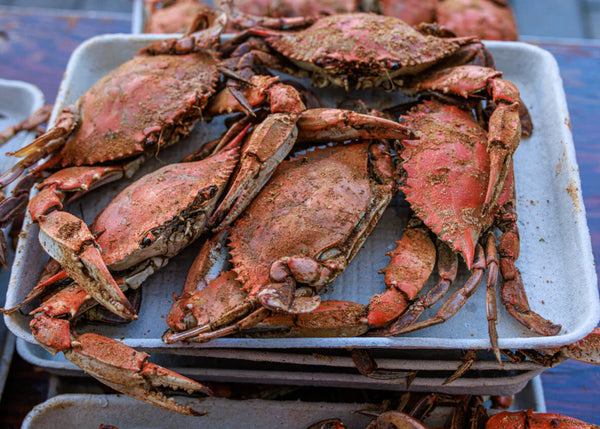
No food says “Maryland” louder than a noisy table covered in newspaper, a mountain of blue crabs, and a crew of friends clanging mallets. Blue crabs have sustained the Chesapeake Bay economy and culture for centuries, dating all the way back to Indigenous communities who harvested them long before Europeans arrived. The crabs are seasoned generously—sometimes ferociously—with Old Bay, that iconic spice blend invented in nearby Baltimore in the 1940s by a German immigrant spice salesman.
The best place to dive into a crab feast? Head to spots like Cantler’s Riverside Inn in Annapolis or crab houses tucked along the Eastern Shore. Don’t overthink it—find a picnic table, crack into those shells, and embrace the chaos. Bonus tip: locals swear by cold beer to balance out the spice.
2. Crab Cakes
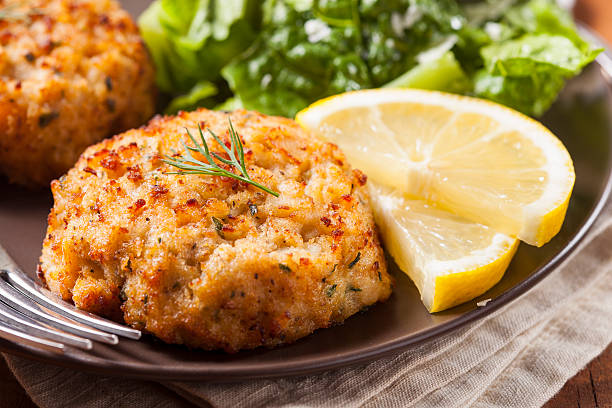
If Maryland had a mascot, it would be the crab cake. Unlike inferior imitators around the country, authentic crab cakes are made almost entirely of lump crabmeat, gently bound with just enough filler to hold shape. Their popularity soared as crab harvesting flourished in the 19th and 20th centuries, and they became a staple both at family kitchens and upscale restaurants.
Where to try them? Many point to Faidley’s in Baltimore’s Lexington Market, which has been serving legendary broiled crab cakes since 1886. But truthfully, nearly every corner of the state claims their version is “the best.” The only way to settle the argument is to eat your way through them all.
3. Cream of Crab Soup
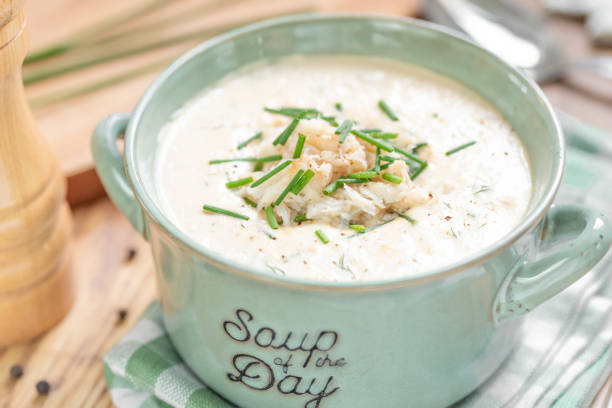
This luxurious cousin of crab soup likely evolved as Maryland cooks decided to smooth out the rustic, tomato‑based version with cream and sherry. It’s a velvety, warming bowl that bridges elegance and comfort, perfect for chilly evenings by the Bay. The dish reflects Maryland’s long tradition of taking hearty seafood and dressing it up ever so slightly for festive occasions.
You’ll find stellar renditions in fine dining restaurants across Annapolis and Baltimore. Some locals swear by the creamy bowl at Antrim 1844 in Taneytown, which feels delightfully like eating history itself inside an old manor house.
4. Maryland Crab Soup
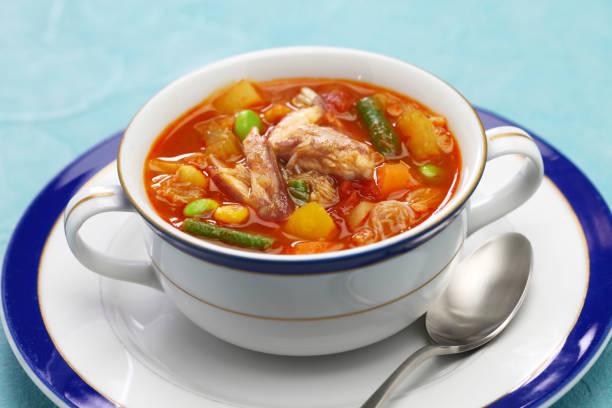
This is Maryland’s most democratic dish—it’s the soup of the people. Thick with vegetables, tomato broth, and fresh crab meat, this recipe is rumored to have originated among home cooks trying to stretch limited resources into something hearty. The peppery bite and occasional splash of Old Bay distinguish it from softer, northern chowders.
Want a classic version? Many local taverns serve it on “soup and sandwich” lunch specials. The Maryland State Fair in Timonium always features a few proud vendors competing over whose crab soup reigns supreme.
5. Smith Island Cake
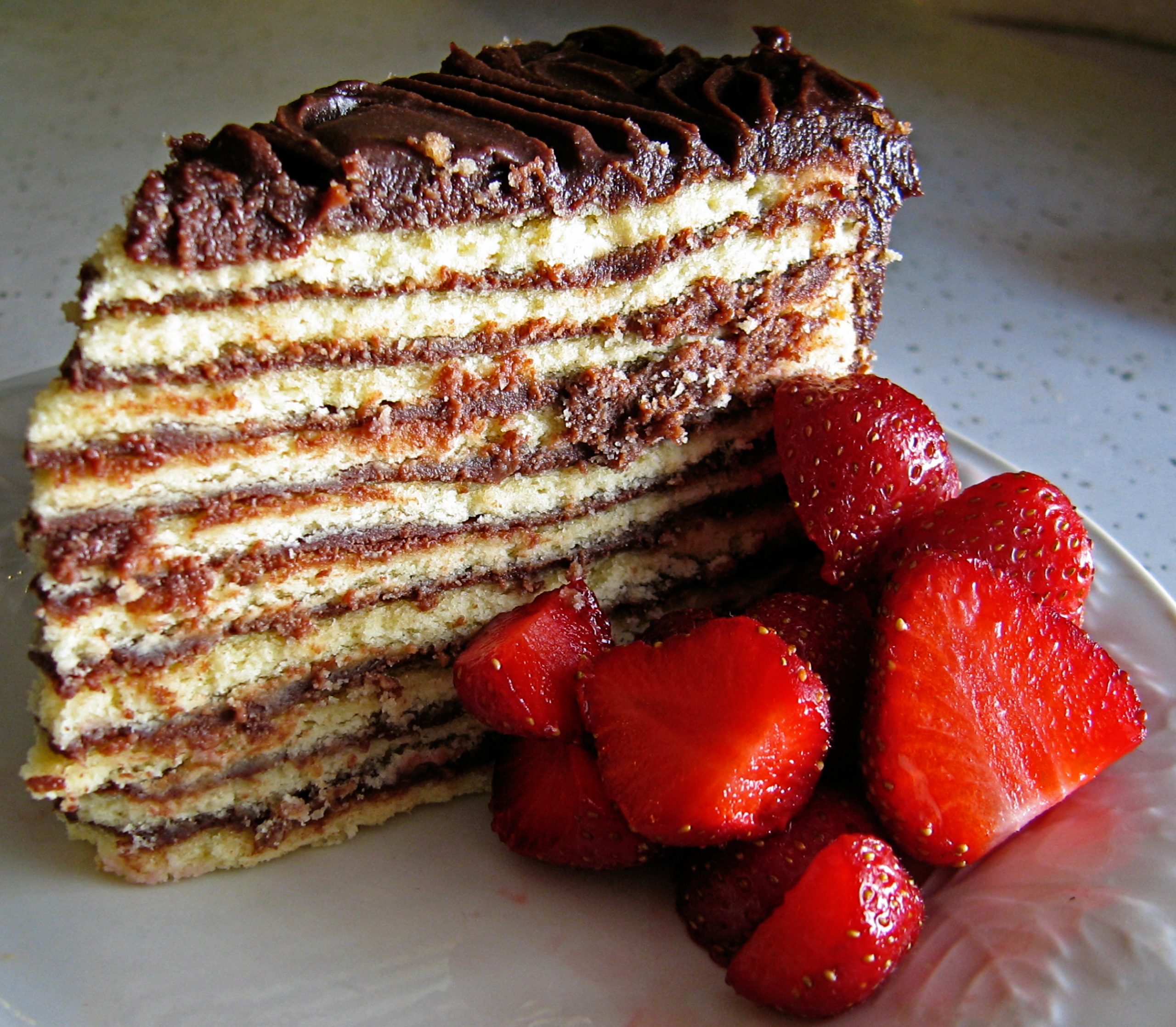
Imagine a cake so beloved it was declared Maryland’s official state dessert in 2008. Smith Island Cake is native to a small island community in the Chesapeake Bay. Fishermen’s wives originally baked the multi‑layer masterpiece—often eight to ten thin layers—so the dessert would last while their husbands were away at sea. Each layer is spread with fudge frosting, sealing in moisture for days. Crafty and delicious!
Today, Smith Island Bakers ship cakes across the nation, but there’s nothing like tasting a slice in Crisfield or on Smith Island itself. Flavors now range from pumpkin spice to peanut butter, but the classic yellow cake with chocolate frosting remains the gold standard.
6. Pit Beef Sandwich
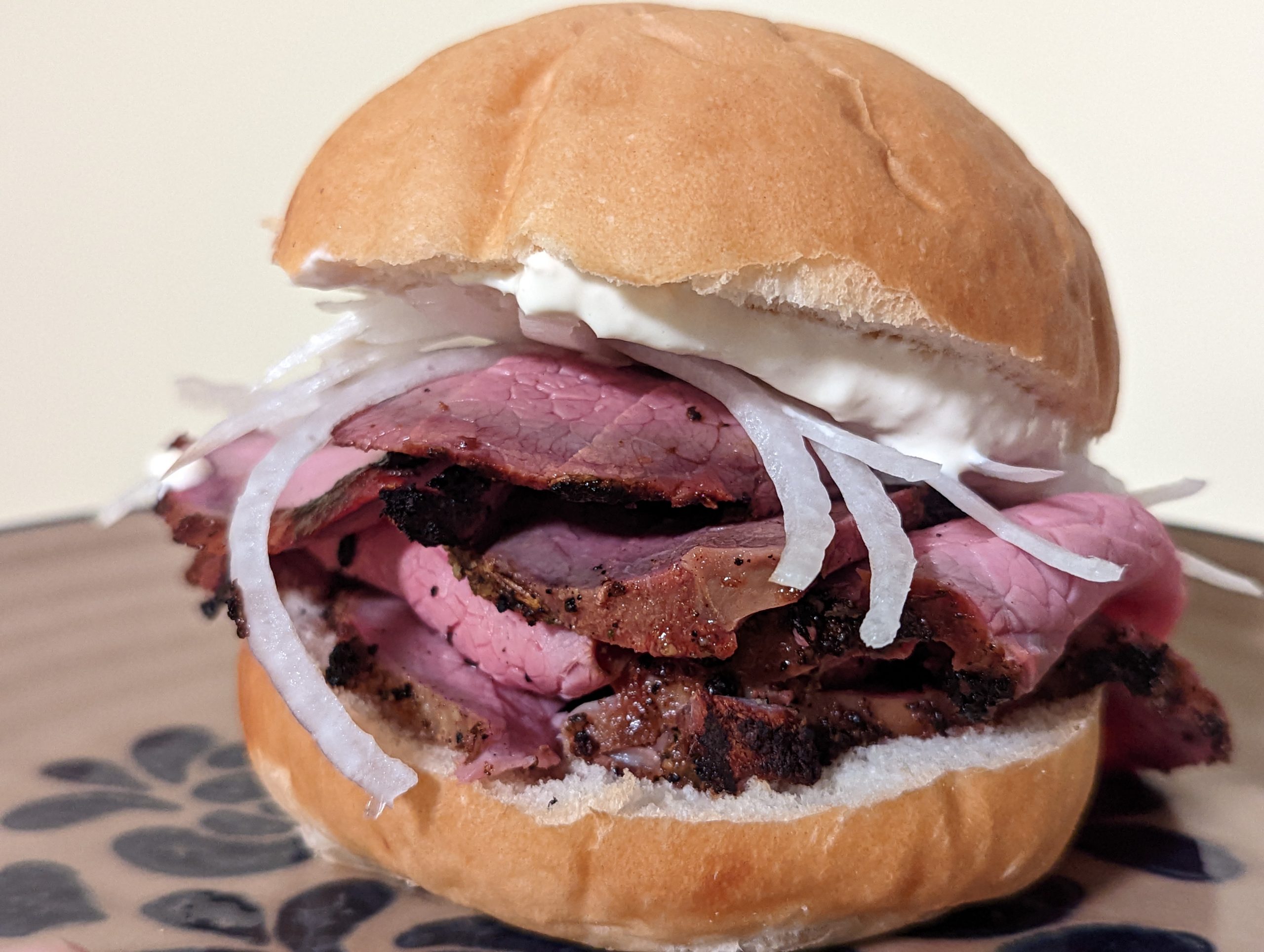
Pit beef burst into Baltimore’s culinary scene in the 1970s along Pulaski Highway, where a row of roadside stands began grilling beef over charcoal in open pits. Thinly sliced rare beef, smoky edges, piled into a Kaiser roll, and topped with raw onions—it’s a primal sandwich made heavenly with a dollop of horseradish.
Locals line up at places like Chaps Pit Beef, a no‑frills institution that’s been featured on TV food shows nationwide. If BBQ makes you think only of the South, pit beef is Maryland’s smoky reminder that the North knows its way around a grill too.
7. Scrapple
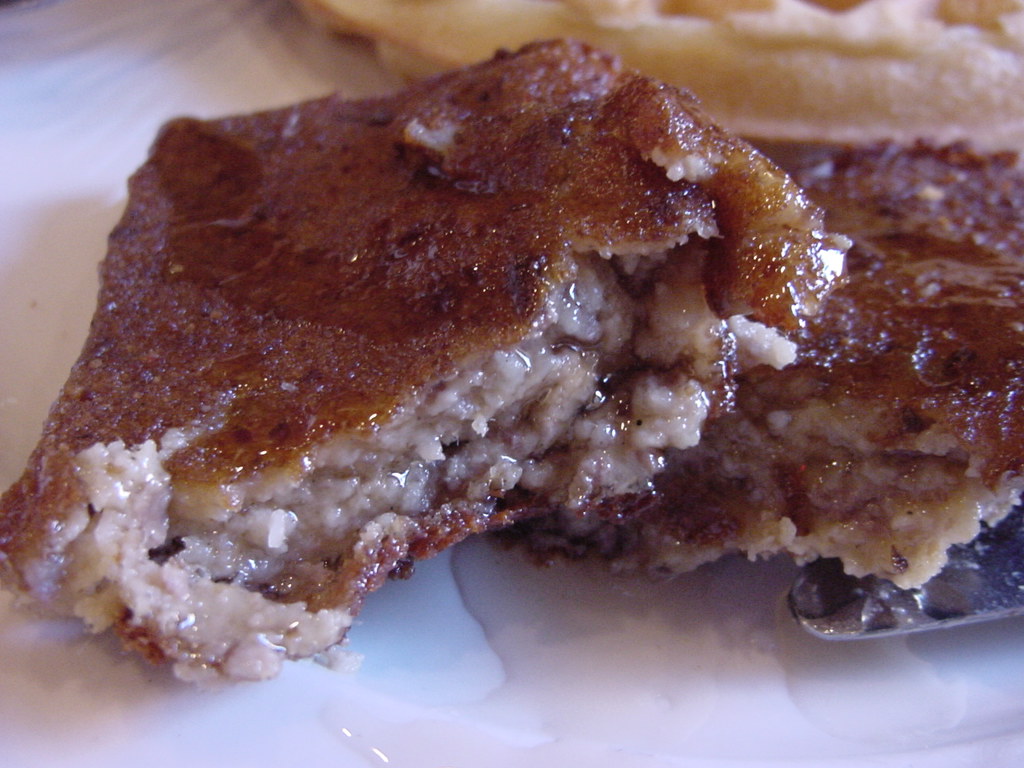
Scrapple has deep Pennsylvania Dutch roots, and it migrated easily into Maryland cookery in the 18th century. Traditionally, farmers used pork scraps blended with cornmeal and spices, turning them into loaves that could stretch breakfasts for large families. Slice it, fry it crispy on the outside, soft on the inside, and you’ve got a beloved, belly‑filling staple.
While it may sound like a “use every part of the animal” improvisation (which it is), scrapple has plenty of dedicated fans. Diners around Baltimore and across the Eastern Shore fry it up next to eggs and toast. It’s the kind of breakfast that fortifies you before a day of sailing—or just hibernating under a blanket.
8. Rockfish (Striped Bass)
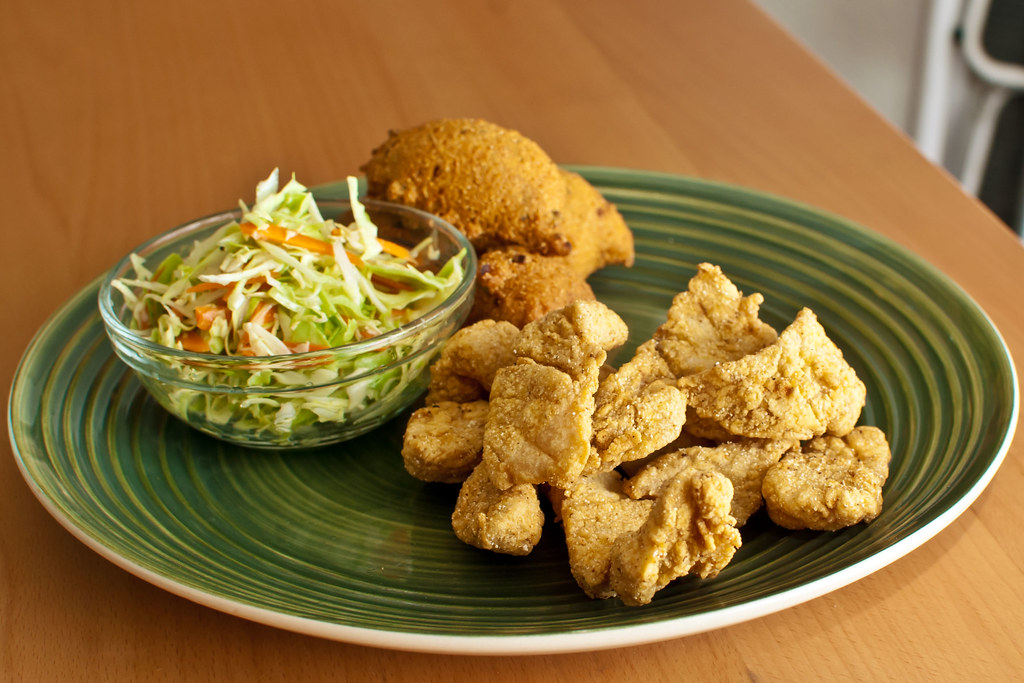
Also known as striped bass, rockfish holds pride of place in Maryland waters. The fish has been a crucial part of the Chesapeake Bay ecosystem and economy for centuries, enjoyed by Indigenous peoples long before settlement. Its population took a dip from overfishing in the 1980s, prompting a moratorium and conservation efforts that have now made it a sustainable symbol of Maryland stewardship.
Grilled rockfish served simply with lemon and herbs may be the purest taste of the Bay. Kent Island seafood shacks and Annapolis waterfront restaurants serve it proudly. It’s a dish with both heritage and heart.
9. Stuffed Ham (Southern Maryland Style)
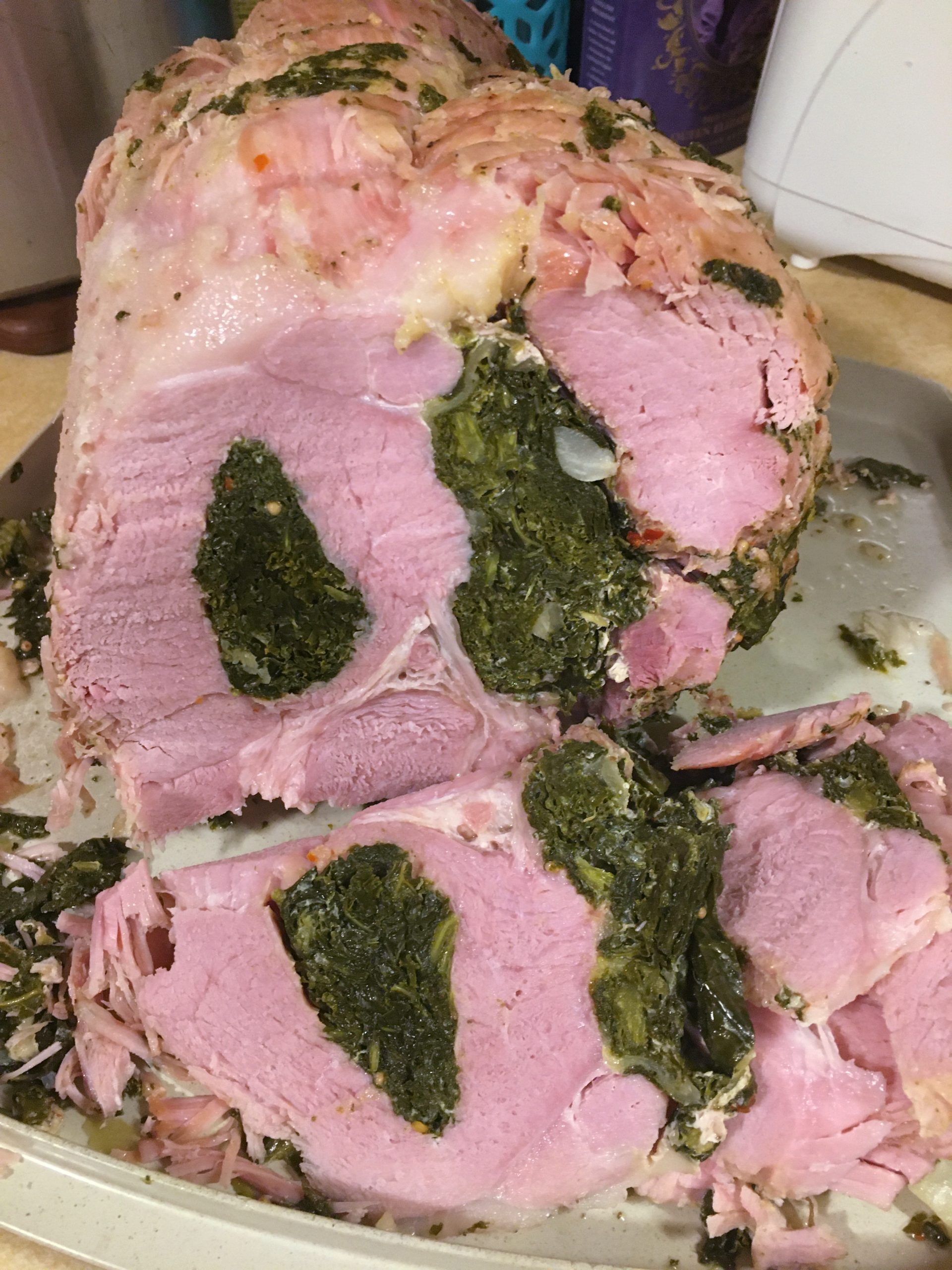
This fascinating Southern Maryland tradition goes back at least to the 1800s in St. Mary’s County. Cooks slit open a cured ham, pack it tightly with a spiced mixture of kale, cabbage, and seasonings (often with a kick of red pepper flakes), then boil or bake it slowly. The result is a dish with striking color and intense flavor, made especially around holidays.
To this day, stuffed ham is a point of regional pride. You’ll find it in local delis and church fundraisers where recipes have been closely guarded for generations. Some Marylanders argue it’s the most unique state dish you’ll encounter.
10. Chicken Chesapeake
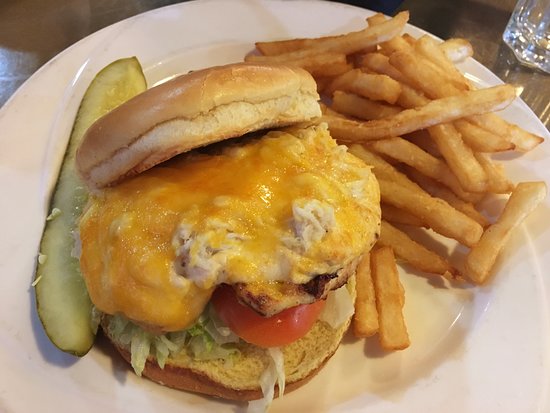
Think chicken breast is boring? Maryland absolutely disagrees. Chicken Chesapeake turns the humble chicken cutlet into a decadent entrée by topping it with creamy lump crab imperial (a rich crab and mayo mixture, sometimes with Old Bay). The dish reflects Maryland’s instinct to marry land and sea traditions in one plate.
It’s a popular special at seafood restaurants statewide. For an upscale take, Baltimore’s Rusty Scupper has dazzled diners with its waterfront view and indulgent Chicken Chesapeake. It’s the best of both worlds: surf and turf, the Maryland way.
11. Half‑and‑Half Snowball

The Maryland snowball isn’t your average snow cone. Since the 1800s, Baltimoreans have been shaving ice and dousing it in sweet syrups, but things took off during the Great Depression when machinery made snow finer. By the mid‑20th century, neighborhood snowball stands were everywhere. A “half‑and‑half” typically means egg custard flavor mixed with another fruit flavor—then topped with marshmallow fluff.
Best time to try? Summer evenings. In Baltimore, spots like Walther Gardens have been family‑owned snowball shacks for decades. Eating one on a sticky night feels like an initiation into Baltimore life.
12. Berger Cookies
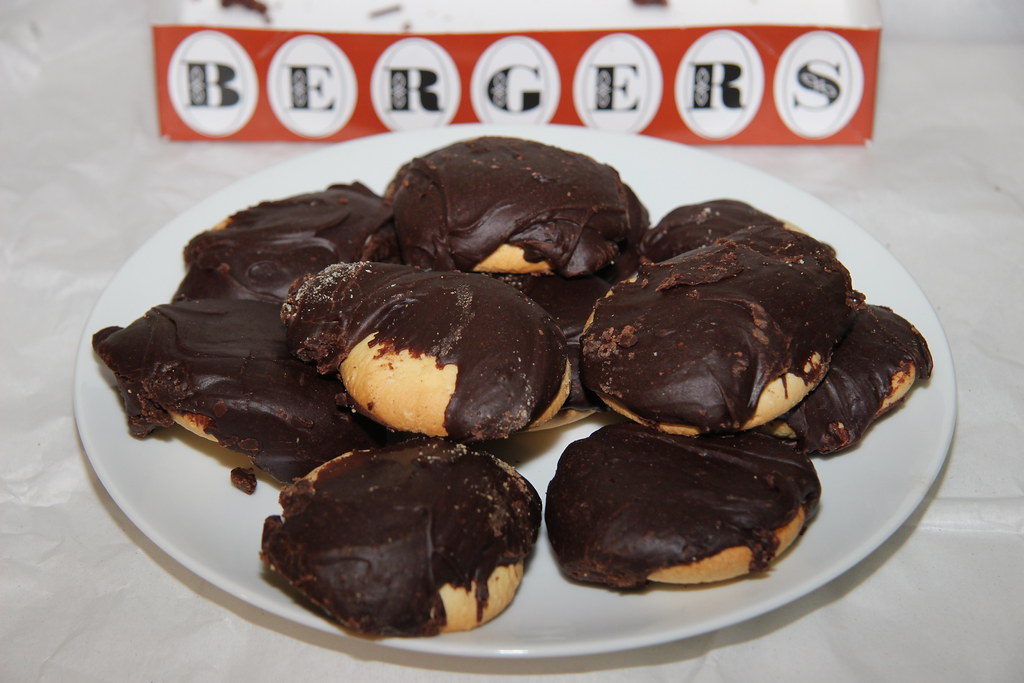
Baltimore’s trademark sweet treat, Berger Cookies have been baked since the late 1800s, when German immigrant Henry Berger started producing them. The decadent shortbread is topped with a thick fudge frosting that practically dares your sweet tooth to keep up. Honestly, one cookie feels like an entire dessert.
They’re still produced locally by DeBaufre Bakeries. For the authentic experience, grab a box in a Baltimore grocery store and nibble on one with coffee. But fair warning: they’re notoriously addictive, so buy two boxes if you value your friendships.
13. Fried Soft‑Shell Crab
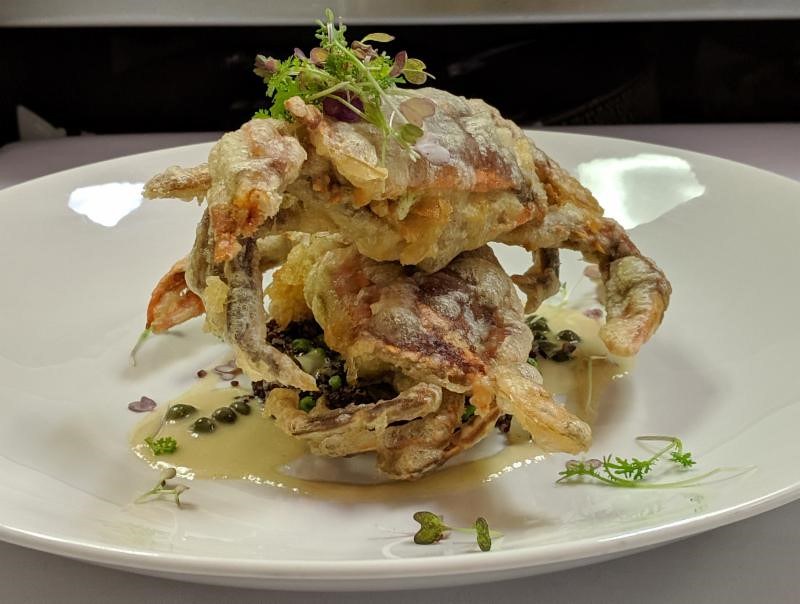
Each summer when blue crabs molt and shed their shells, Marylanders swoop in for the delicacy of soft‑shells—crabs fried or sautéed whole while their shells are still edible. This seasonal treasure has been enjoyed for centuries, but it’s especially important to Chesapeake dining traditions.
Soft‑shell crab sandwiches pop up in crab houses and seasonal shacks around May through September. Crisfield, Maryland touts itself as the “Crab Capital of the World,” and you’ll find some of the freshest here. Eating a soft‑shell sandwich is a rite of passage for crab lovers.
14. Oyster Stew
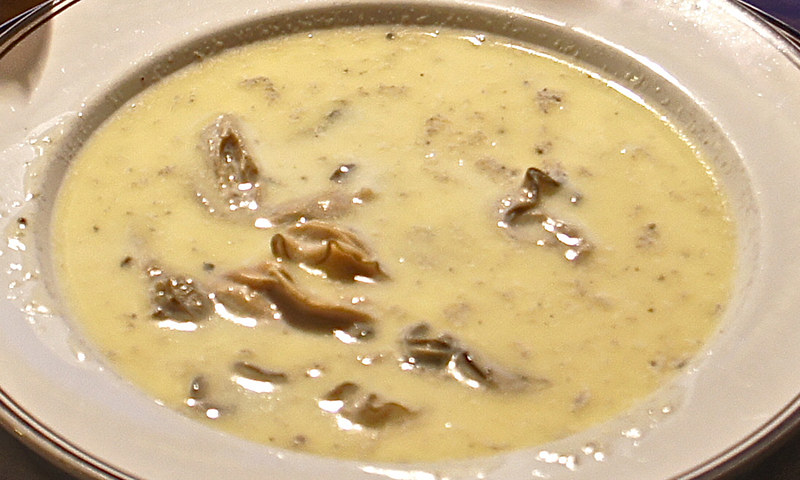
Oysters once lined the Chesapeake Bay so thickly they were said to filter the entire bay’s water in days. By the 1800s, oyster harvests became a booming industry, and oyster stew rose as a way to stretch this prized resource into warming, communal meals. Lightly creamy with butter, milk, and a gentle seasoning, it’s a dish with both elegance and simplicity.
Marylanders often enjoy oyster stew around the holidays, particularly Christmas Eve. Thames Street Oyster House in Baltimore is a beloved spot today to taste an elevated version. It’s like sipping the very soul of Chesapeake traditions.
15. Lake Trout (aka Fried Whiting)
Here’s Maryland food humor at its finest: “lake trout” is not trout, nor from a lake. It’s fried whiting, a humble fish deeply connected to Baltimore carryouts. The name is a mystery, but for decades, Baltimoreans have lined up at corner spots to order lake trout with white bread, hot sauce, and maybe some fries.
Some call it “soul food with a local twist.” Stand in line at a carryout like The Roost in West Baltimore, and you’ll understand why this dish has cult status. Forget the name confusion—just accept lake trout as essential Baltimore comfort food.
Final Bite
Maryland cuisine is a treasure chest of history, flavor, and community spirit. Each dish tells a story: immigrant ingenuity, Chesapeake bounty, or down‑home neighborhood tradition. Whether you’re piling into crab houses, shivering with snowballs in July, or biting into Berger Cookies at a ballgame, you’re tasting Maryland itself. And once you’ve eaten your way through all 15, you’ll understand why locals are fiercely proud of their food culture.

